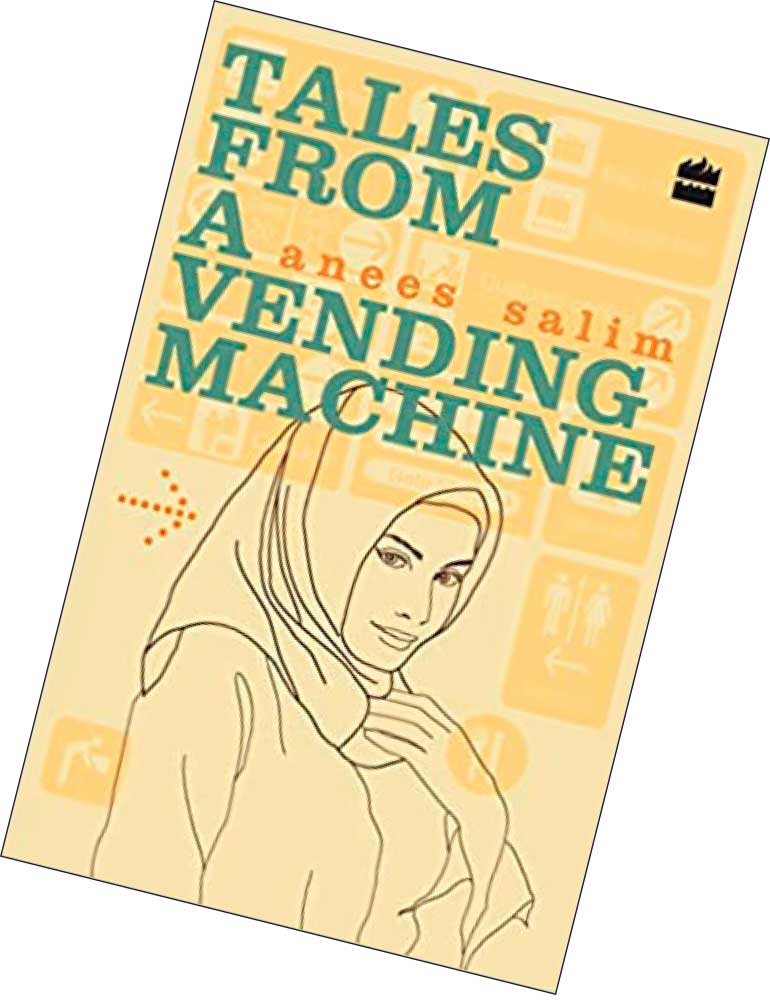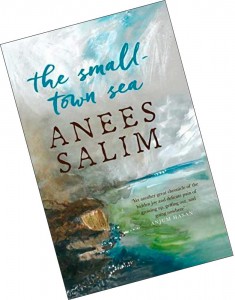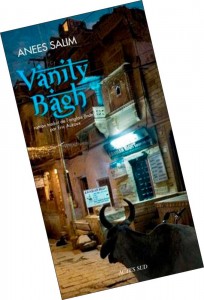

We are constantly admonished never to judge a book by its cover, yet I often catch myself doing precisely that. Mmmm, too dull. Uff, so boring. Naa, not interesting. Oho, so unsmart, the book must be even less smart. These and a whole lot of other similarly illogical thoughts present themselves when choosing books, be it at library or shop.
I remember being less picky as a child because all I wanted to do was read, ‘looks’ didn’t matter. But yes, I preferred fat books to thin ones because they held the promise of juicy bites. This approach ruled well for a long time, right through a period of irritating intellectual snobbery. Thankfully, that stage saw a decline and gradually gave way to the habit of looking inside the book, quickly perusing the first few paragraphs — but not the last! — to see if the introduction to the novel held my attention. And of course, the size of the font used for the text mattered too: if it made my eyes scrunch up to read, then the book was set aside, oftentimes, regretfully. The text needed to be easy on the eye, large enough and with sufficient space between the lines. Incidentally, they call this space between lines ‘leading’ in publishing parlance. Font size and leading are sometimes compromised in order to reduce the number of pages and so bring down the price of a book.
The other thing that is bothersome is the kind of paper used for the text: sometimes it is so thin that the printing on one side is seen on the other, making it a hodgepodge to read. This is particularly true of textbooks and definitely one reason why so many children put off books. Just as we refer to transparent clothes as ‘see-through’, the effect of such printing is referred to as ‘show-through’.

Anyway, these sidebars aside, for the potential reader, it’s a balancing act between the outside and the inside, with the inside carrying the deciding vote. Judged by these standards, the front cover of Tales from a Vending Machine wouldn’t win prizes for design, but that lacuna is more than made up for by the author who has a number of awards ratcheted up against his books. The curious fact is that Kochi-based Anees Salim had written two books prior to this one: agents and publishers had rejected both of them. In order to get over his dejection, he decided to write something light and racy. That’s what he says in a 2018 interview to the Earthen Lamp Journal: ‘The deeper the wound, the bigger the dose of writing.’ This was his coping mechanism, his therapy to combat depression.
It turned out to be the perfect antidote because, as he himself says, Salim wrote this book in less than six months, found an agent in five minutes, who then sold it to a publisher in a week’s time. And although he says he will never write another commercial book, this one proved to be his ‘luck by chance’ because thereafter, publishers lined up to add his book to their lists and his career as a writer blossomed. If you want to know how: Vanity Bagh received The Hindu Literary Prize in 2014, The Blind Lady’s Descendants won the 2015 Crossword Book Award and the Sahitya Akademi award in 2018, The Small-Town Sea was judged best fiction at the 2017 Bangalore Atta Galatta Litfest and won the Tata Literature Live Book of the Year Award. His latest, published in 2021, is The Odd Book of Baby Names. Vending Machine won its share of fame by being republished as Fly, Hasina, Fly, new cover and all!

Vending Machine is a darkly humorous novel woven around the character of Hasina Mansoor who works as a vending machine attendant at the departure lounge of the airport. She lives with her parents, twin sister, and little brother. Caught up in the dynamics of family relationships, Hasina is secretly in love with her cousin who lives upstairs, with his family. She is a peculiar character: you neither love her nor hate her nor do you understand her. But she sometimes makes you laugh out loud by the sheer ludicrousness of her observations and actions. Dig deep beneath the fluff and you hit a hard rock of hopelessness that underlines Hasina’s life, but she herself has only a vague awareness of it.
Unpretentious, unambiguous, there’s no real plot to Hasina’s story, yet you flit with her as she watches flights land and take-off, from fantasy to reality to daydream to humdrum until you are arrested by the ridiculous. As, for instance, when she is once approached by ‘a white-haired man dressed in a long kurta… he looked so sad and uprooted and — you won’t believe me — was barefoot’. Your grey cells begin to engage at this stage. Overwhelmed by pity she tells him ‘in a polite and lowered voice, because my nice little heart bled at the sight of people whose faces were so evidently marked by the scars of penury. “Tea is forty rupees here. Inside the plane it is free.” … “You know who I am?” he asked, as if he had had a loss of memory and was not really sure of what he was doing in an airport lounge sans footwear… “I am a painter.”’ By now you think you know who she is talking about.
Hasina’s voice goes on: ‘So, my guess was close. (Of late, there had been a steady parade of people like him to Dubai, where they were building the tallest structure in the world.) … I had a vision of him standing on a rope ladder draped over a large building, clutching a rung with one hand, running a paintbrush over the wall with the other while a cruel wind tried its best to send him flying to the ground.’ You do know! It’s M F Husain!

Take another instance, this time involving Saddam Hussein: ‘They showed the hanging all day, the same short footage over and over again; for a while I was under the impression that every time they hung him he refused to die and went defiantly back to the gallows and challenged them to hang him again.’ She feels sorry for him and sticks his picture above her bed and scrawls beneath it: ‘I am young and I have a dream.’ When her sister Shamla points out that Saddam never said anything like this, Hasina ‘was so saddened by the hanging that I wanted to associate all good sayings with poor Saddam. “He said that just before Iraq attacked Kuwait. I read that in Femina.”’ Shamla claims Rajiv Gandhi said this when Indira Gandhi died. Anyway, ‘The next day, I went to the Internet café outside the airport and searched in Google for the man who claimed to be young and have the same dream every night. We were both wrong … Those words were spoken by an American king named Martin Luther who died not very long after he had talked in public about his youth and the dream he had at night.’
Politically incorrect, darkly funny, politically and socially satiric yet grounded in harsh realities… all these layers combine to offer readers a healthy dose of perspective on life and how we live. It’s a shot of perspective we could all do with in these polarising times.
The columnist is a children’s writer and senior journalist





